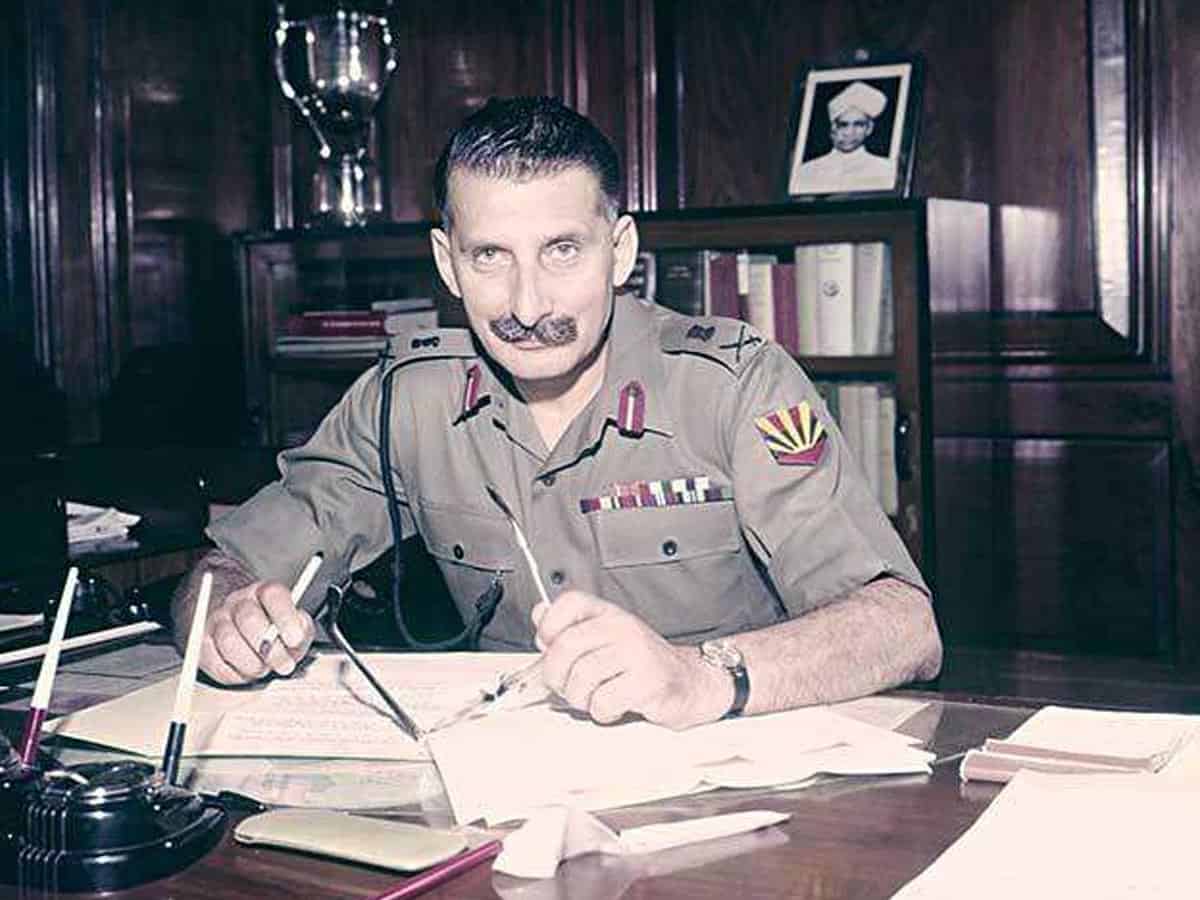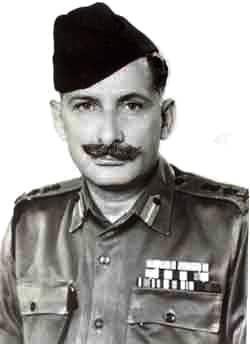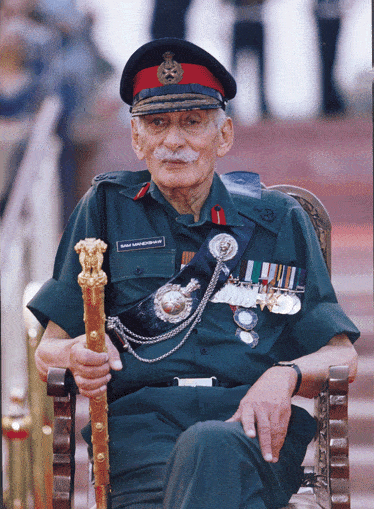
India’s most flamboyant soldier, Field Marshal Sam Manekshaw, passed away on 27th June 2008. The country lost a charismatic military leader who led India to one of its greatest war victories. If ever there was a person who captured the public imagination vividly it was Manekshaw. His bristling mustache, his immaculate uniform and the twinkle in his eyes personified the confidence and morale of the Indian army.
Manekshaw never entertained politicians and he made no secret about his distaste for them. He always called a spade a spade. That was why he was sometimes overlooked when it came to promotions. He had a good equation with Indira Gandhi but even she realised that he was a man who could not be pushed around.
On one occasion the then defence minister V.K. Krishna Menon asked him for his opinion about his commanding officer. Manekshaw replied tersely: “Mr. Minister, I am not allowed to think about him. He is my Chief. Tomorrow, you will ask my subordinate officers what they think of me. It’s the surest way to ruin the discipline of the Army. Don’t do it in future.”

During the Second World War, Manekshaw was involved in a battle in Burma in the 1942 campaign at the Sittang River. He was leading the 4th Battalion, 12th Frontier Force Regiment against the invading Japanese army. In fierce fighting around Pagoda Hill, he led his company in a brave counter-attack against the Japanese forces. Despite suffering heavy casualties, his troops managed to capture the hill.
But Manekshaw was hit by a burst of machine gun fire and was grievously wounded in the chest and stomach. At the end of the battle, he was spotted lying on the ground, bleeding heavily. Manekshaw’s life was saved by his orderly Sher Singh who carried him to the field hospital.
There the Australian surgeon who first examined Manekshaw decided that his wounds were so serious that he could not be saved. He gave it up as a lost cause and turned away to treat others. Manekshaw had seven bullets lodged in the chest and abdomen. His liver, kidneys and intestines were shredded by the bullets.
But Sher Singh pleaded, cajoled and persuaded the doctor to attend to his “Sahib Bahadur” and save his life. It was Sher Singh’s persistence that made the doctor finally turn his attention to Manekshaw and that was how the severely wounded Manekshaw finally recovered. He never forgot what Sher Singh did for him that day.

In the month of June 1969 Manekshaw was appointed Chief of the Army Staff. As the army chief he once visited a battalion of the 8th Gorkha Rifles. In a light hearted manner he asked a sepoy if he knew the name of his Commander-in-Chief. The orderly replied: “Sir, your name is Sam Bahadur” (Sam the Brave). So Sam Bahadur eventually became Manekshaw’s nickname.
The stirring words of Field Marshal Phillip Chetwode who was the Commander-in-Chief of the Indian Army in the 1930s, are inscribed on the wall of Chetwode Hall at the Indian Military Academy. In a speech to the cadets he said: “The safety, honour and welfare of your country come first, always and every time. The honour, welfare and comfort of the men you command come next. Your own ease, comfort and safety come last, always and every time.”
In the history of independent India, perhaps no one lived up to these high principles better than India’s most famous and best loved army commander, Field Marshal Sam Manekshaw.



